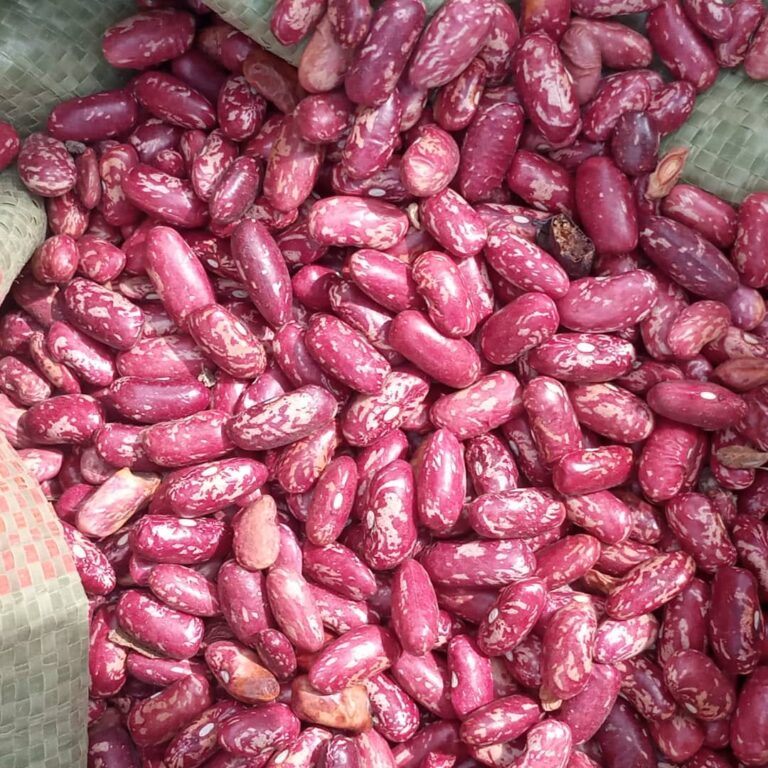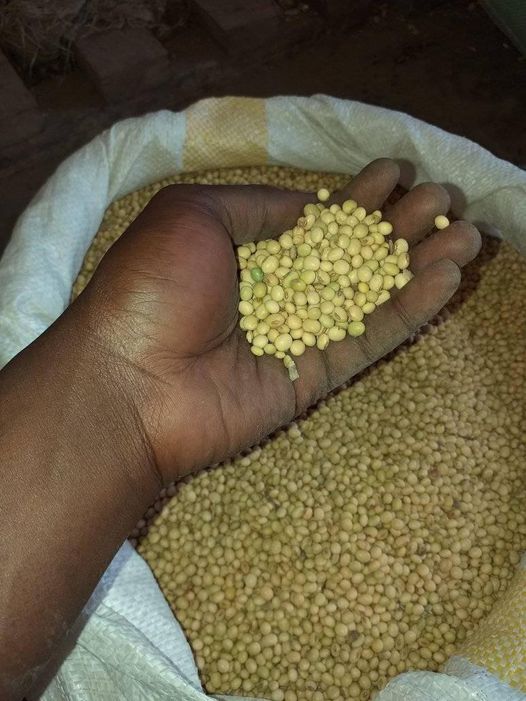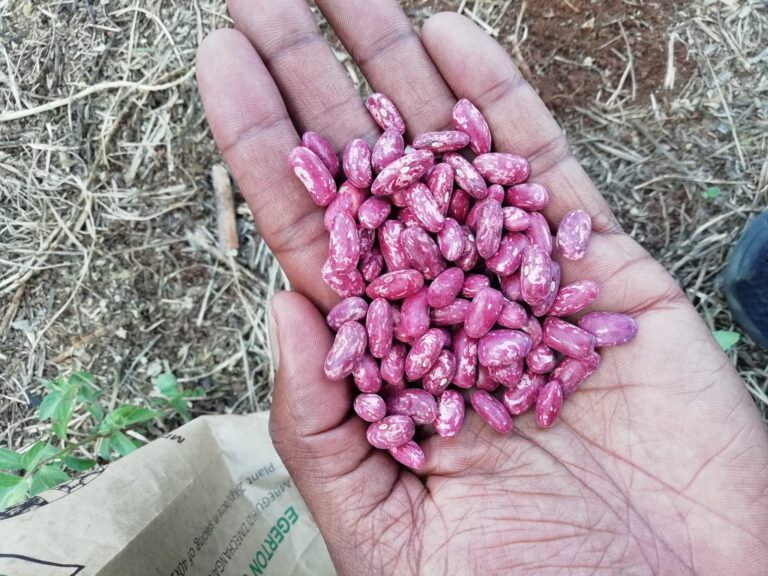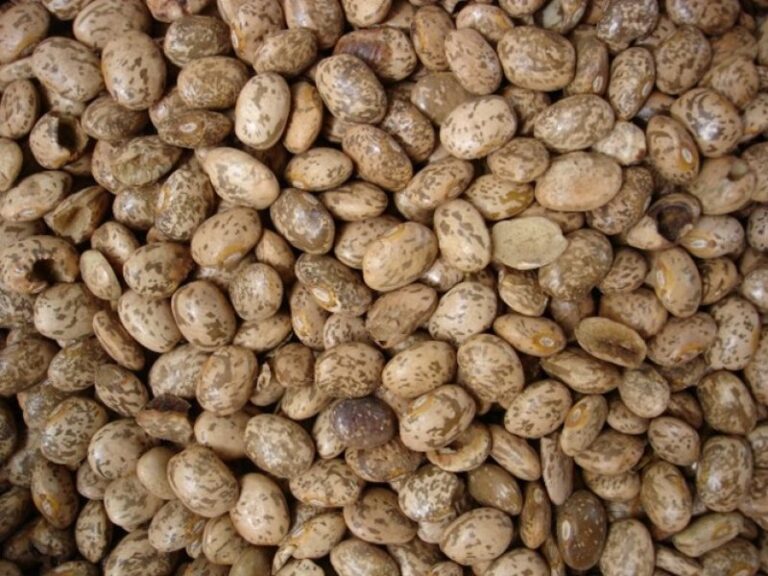What Is The Average Yield Per Acre For Yellow Beans In Kenya?
Yellow beans in Kenya typically yield between 800 kg to 1,200 kg per acre under good agricultural practices.
Proper soil preparation, adequate water management, and use of certified seeds can contribute to achieving higher yields within this range.
Variations in yield may occur depending on the specific agro ecological zone and the level of farming experience and expertise.
These factors collectively influence the productivity of yellow beans per acre in Kenyan agriculture.
The average yield per acre for yellow beans in Kenya can vary based on several factors including farming practices, soil fertility, climate conditions, and variety of beans planted.

How Profitable Is Yellow Beans Farming In Kenya?
Yellow beans farming in Kenya can be a highly profitable venture. Here are some key points that highlight its profitability:
- Yield and Income:
- One acre of yellow beans can produce up to 1,200 kg of seed, which can fetch between Sh100 and Sh200 per kilogram, resulting in an income of over Ksh 200,000.
- With proper farming practices, one acre can produce between 8 to 12 bags of 90 kg, earning a farmer KES. 9,000-18000 per bag. (KES. 72,000- 216,000 per acre)
- Cost of Production:
- The cost of production for yellow beans is relatively low, with an estimated Sh. 28,000 per acre, including seeds, fertilizers, and other inputs
From above, Yellow beans in Kenya, particularly pole and bush varieties, are quite profitable and can yield over 2,000 kg per acre with proper management practices.
Farmers can expect market prices for yellow beans ranging from approximately Ksh 100 to Ksh 200 per kilogram, with potential earnings from one acre amounting to up to Ksh 216, 000.
Ideal soil conditions for yellow beans include deep, well-drained sandy loams or clay loams with good fertility, and a pH range of 5.5 to 7.5 .
Yellow beans are suitable for altitudes ranging from sea level up to 2,400 meters and require rainfall of 500-800 mm distributed over the growing season .
Successful yellow beans farming involves proper spacing of 5 to 10 cm between plants, timely weed control, and disease management to optimize production
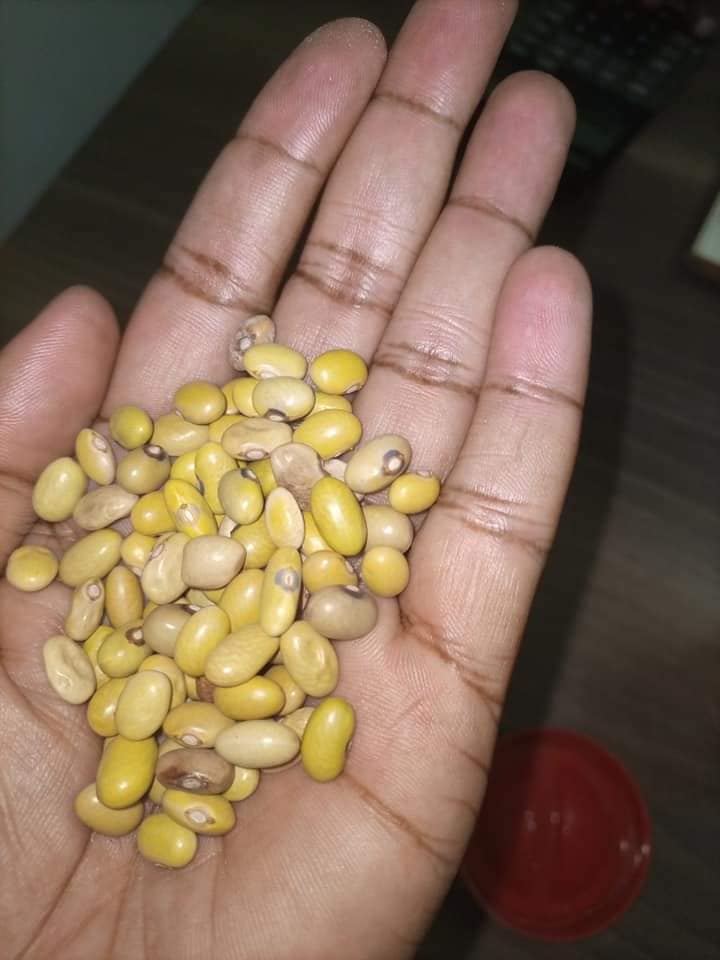
Cost of Planting Beans per Acre
| Item | Quantity Required | Unit Cost (KES) | Total Cost (KES) |
| Ploughing 1 acre | 1 acre | 4,000 | 4,000 |
| Pre-emergent herbicide (roundup) | 21liters | 700 | 700 |
| Bean seed | 30 kg | 120 | 3,600 |
| Post emergent bean herbicide (Beansclean) | 2 liters | 2,000 | 4,000 |
| Herbicide application | — | 200 | 200 |
| Harvesting | — | 2,000 | 2,000 |
| Drying and winnowing | — | — | 1950 |
| Preservative (Actelic powder) | 300 gms | 540 | 540 |
| Fertilizer DAP | 2 bags | 2,750 | 5,500 |
| Fertilizer CAN | 1 bags | 4,000 | 4,000 |
| Foliar feeds | 1 liter | 600 | 600 |
| Grand Total | — | — | 28740 |
Gross Profit Analysis – Yellow Beans Farming in Kenya
| Item | Amount (KES) |
| Bags Harvested | 8 |
| Expected price for 8 bags @ KES 11,000 per bag | 88,000 |
| Total expenses incurred | 28000 |
| Gross profit per acre | 60,000 |
Yellow Beans Production Per Acre
By following best agricultural practices, yellow beans farmers in Kenya can achieve yields of 8 to 12 bags per acre on average, with potential for higher yields under optimal conditions.
Proper land preparation, seed selection, pest and disease management, and timely harvesting are crucial to maximizing production.
Steps to Maximize Yellow Beans Production Per Acre Yield
- Use Certified Seeds: Purchase seeds from reputable suppliers to ensure high germination rates and disease resistance.
- Soil Preparation: Prepare the land well by plowing and harrowing to create a fine seedbed.
- Fertilization: Apply a basal fertilizer like DAP at planting and top dress with CAN after germination.
- Planting: Sow seeds at the correct spacing and depth to ensure optimal growth.
- Weed Control: Perform regular weeding manually or use selective herbicides.
- Pest and Disease Control: Monitor the crop regularly and apply pesticides and fungicides as needed.
- Irrigation: Ensure the crop receives adequate water, especially during dry periods.
- Harvesting: Harvest the beans when the pods are mature and dry them properly before storage.
Doing Yellow Beans Farming In Kenya
Yellow beans farming in Kenya is a viable agricultural activity that can be quite profitable if managed well.
Here’s a comprehensive guide to help you understand the process and requirements for successful yellow beans farming:
1. Climatic and Soil Requirements
- Climate: Yellow beans thrive in areas with moderate rainfall (500-700mm annually) and temperatures between 20°C and 30°C.
- Soil: They prefer well-drained loamy soils with a pH of 6.0 to 7.5. Ensure the soil is rich in organic matter.
2. Land Preparation
- Clearing: Clear the land of any weeds, debris, and previous crop residues.
- Plowing: Plow the land to a depth of about 20-30 cm to improve soil aeration and root penetration.
- Harrowing: Harrow the land to create a fine tilth for planting.
3. Seed Selection and Planting
- Seed Selection: Use certified seeds from reputable suppliers to ensure high germination rates and disease resistance.
- Planting Time: The best time to plant yellow beans is at the onset of the rainy season.
- Spacing: Plant seeds at a spacing of 30 cm between rows and 10 cm between plants within a row.
- Planting Depth: Sow the seeds at a depth of 3-5 cm.
4. Fertilization
- Basal Fertilizer: Apply a basal fertilizer like DAP (Diammonium Phosphate) at planting time at a rate of about 50 kg per acre.
- Top Dressing: Use CAN (Calcium Ammonium Nitrate) for top dressing after the beans have germinated, about 3-4 weeks after planting.
5. Weed Control
- Manual Weeding: Perform the first weeding 2-3 weeks after germination and a second weeding 6-7 weeks after planting.
- Herbicides: If necessary, use selective herbicides, but ensure they are safe for use on beans.
6. Pest and Disease Management
- Pests: Common pests include aphids, bean flies, and pod borers. Use appropriate insecticides and practice crop rotation to manage these pests.
- Diseases: Yellow beans are susceptible to diseases like rust, anthracnose, and bacterial blight. Use disease-resistant varieties and apply fungicides as needed.
7. Irrigation
- Rain-Fed: Yellow beans are generally rain-fed, but supplemental irrigation can be beneficial during dry spells to ensure consistent moisture.
8. Harvesting
- Maturity: Yellow beans are ready for harvest 75-90 days after planting, depending on the variety.
- Harvesting Method: Harvest when the pods are fully matured and yellowing. Hand-pick the pods or use mechanical harvesters for larger farms.
- Post-Harvest Handling: Dry the beans properly to reduce moisture content to about 13% to prevent mold and aflatoxin contamination. Thresh, clean, and sort the beans before storage.
9. Storage
- Storage Conditions: Store the beans in a cool, dry place. Use airtight containers or bags to protect them from pests and moisture.
- Pest Control: Regularly inspect stored beans for pests and treat them with appropriate fumigants if necessary.
10. Marketing
- Local Markets: Sell your beans in local markets, supermarkets, and grocery stores. The market is also available with prices ranging from Sh9,000 to Sh18,000 per 90kg bag.
- Export Market: Explore export opportunities as yellow beans have a good demand in international markets.
- Value Addition: Consider value addition by processing beans into products like bean flour or canned beans to fetch higher prices.
Types of Yellow Bean Seeds
Bean culture recognizes Yellow beans into two types such as Pole and Bush. Below are the varieties of both types of yellow beans.
#1. Bush Beans – Yellow Beans Farming in Kenya
Shrub seeds are usually planted in straight rows and double rows support each other as they grow. Wild bean varieties:
#2. Pole Beans – Yellow Beans Farming in Kenya
The beans are planted against a teepee which can be placed in smaller plots. pole
Grains can also be used to make a quick fence around an area.
The Best Practices For Growing Yellow Beans In Kenya
Here are the best practices for growing yellow beans in Kenya:
Suitable Ecological Conditions:
-
- Altitude: 1,000-2,400 meters above sea level
- Rainfall: At least 500-800 mm well distributed over the growing season
- Soil: Deep, well-drained sandy loams or clay loams with good fertility and pH of 5.5-7.5
- Temperature: 18°C to 27°C is preferred
Land Preparation:
-
- Plough the land twice before the onset of rains
- Ensure the land is well-prepared, weed-free, and has good fertility
Planting:
-
- Use certified, disease-free seeds
- Plant at a spacing of 5-10 cm between plants and 1.5 ft between rows
- Avoid intercropping with crops like maize as it can affect the quality of the beans
Crop Management:
-
- Apply phosphorus-rich fertilizers during planting and top-dress with CAN or basal fertilizers rich in Calcium, Boron, and Nitrates
- Use foliar fertilizers like OPTIMIZER and GOLDCHANCE SERIES to boost plant immunity and prevent flower abortion
- Control weeds through manual weeding or herbicide application, especially before flowering
- Monitor and control pests and diseases through appropriate spraying
Harvesting and Post-Harvest:
-
- Harvest the beans when the pods turn yellow and dry
- Ensure proper drying and storage to maintain quality
Marketing:
-
- Explore both local and export markets, as there is high demand for yellow beans
- Consider selling fresh beans to hospitals, schools, and hotels, as they are preferred over dried beans
By following these best practices, farmers can achieve high yields of up to 1,200 kg per acre of yellow beans in Kenya

